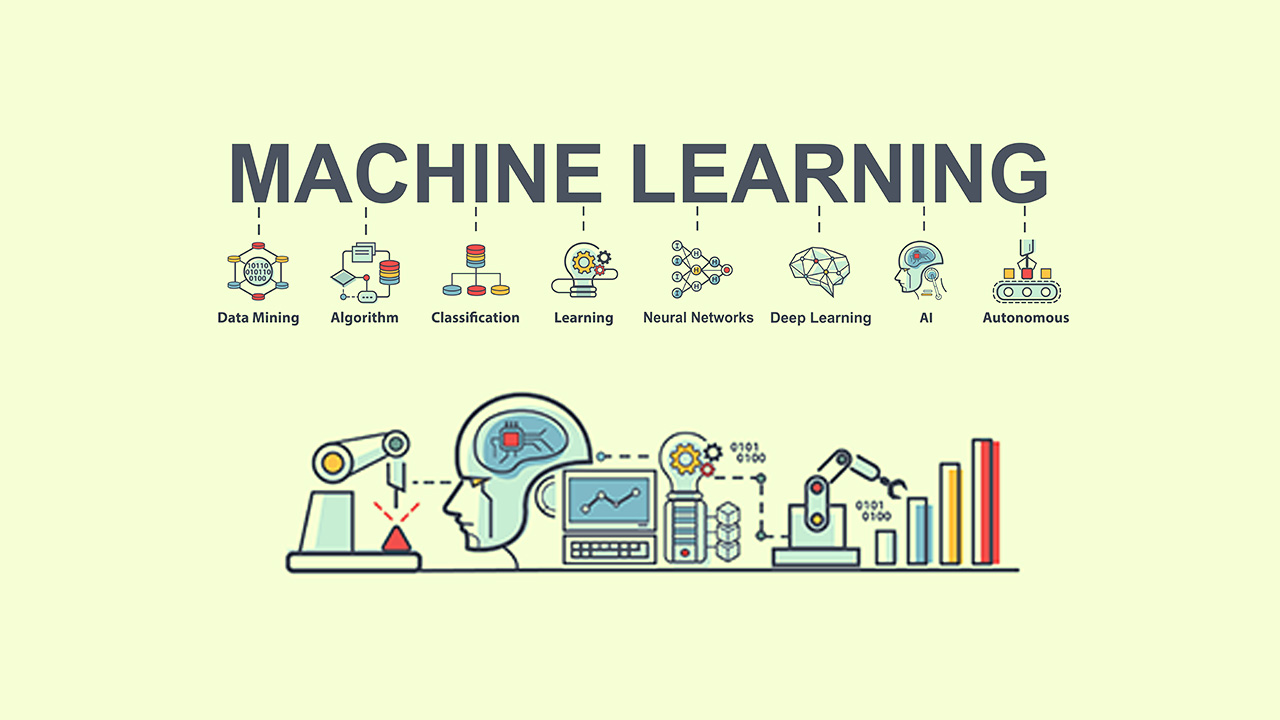Machine Learning is a technology that enables computer programs to learn a skill akin to humans. Although machine learning has been the domain of highly skilled computer engineers, things have changed a lot in the last decade. It has become the topic of discussion in boardrooms. This necessitates most contemporary managers to know about basic machine learning buzzwords.
Top 10 Machine Learning Buzzwords
- Machine Learning
Machine learning (ML) is an algorithm that can be trained to solve specific problems. AI is an umbrella term for technologies that can mimic human skills like pattern recognition and prediction. ML is therefore a part of AI.
- Algorithm
The algorithm word comes from an Arabic mathematician, Al-Khwarizmi who was a master of mathematics? The term signifies the use of a set of rules and logic to solve a problem. A real-world problem is solved in smaller steps. These steps define an algorithm. Subsequently, these steps become computer programs.
- Machine Discovery
Essentially, we use an algorithm to find patterns in data. Machine discovery is the verb that is used to describe the act of using a machine learning algorithm. This term is used interchangeably with knowledge discovery. However, we should use knowledge discovery for data mining. On the other hand, machine discovery is more about the insights that we get from data like images, video, or text.
- Neural Network and Artificial Neural Network(ANN)
In the traditional sense, neural networks and artificial neural networks are two different things. However, in contemporary usage, they are quite interchangeable. Neural network traditionally refers to the network of neurons inside the human brain. On the other hand, an artificial neural network is a technology that attempts to recreate the functionality of a real neural network using artificial neurons.
- Convoluted Neural Network
It is an Ann that consists of multiple layers of neurons. This enables the specific convoluted neural network to process and find patterns in media like images, audio, and video. For instance, Adobe Artificial Intelligence uses CNN. It enables features like the removal of unwanted objects in a video frame.
- Deel Learning
Deep learning is the use of advanced ANNs like Convoluted Neural Network to find patterns in data. Regular neural networks work only with textual or numeric data. On the other hand, CNN uses multi-layer NN to find patterns in multimedia.
- Artificial General Intelligence or Strong AI
Artificial general intelligence is one of the important machines learning buzzwords. It signifies a technology that can mimic human-like intelligence.
- Chatbots
An application of AI to help solve common queries. It was found that most of the questions asked by the customers were repetitive and basic. For instance, a banking customer may call up the call center to ask about the steps to create a new deposit account. This could be done by the chatbot since the query is simple. Once the chatbot is given the feedback that it is not able to solve the problem, the query is redirected to a human responder.
- Supervised Learning
It is a type of machine learning where the program is fed with the right solution to a lot of problems. The program learns from this supplied data; hence it is called supervised learning. On the other hand, when a machine learning algorithm does not need a correct solution to train itself, then it is unsupervised learning. For example, let us consider that you are doing a marketing mix modeling. In that case, you already have the data for recency, frequency, and monetary value of the transactions. You can use unsupervised learning to segment customers.
- Weak Intelligence
Typically, contemporary AI is called weak AI. Weak AI can only do very specific tasks like finding grammatical errors. On the other hand, a strong AI would be able to do multiple tasks.
